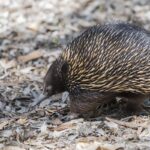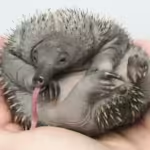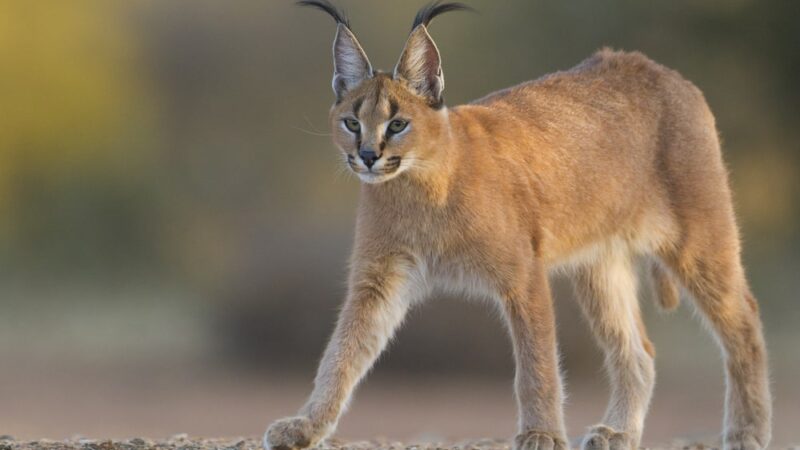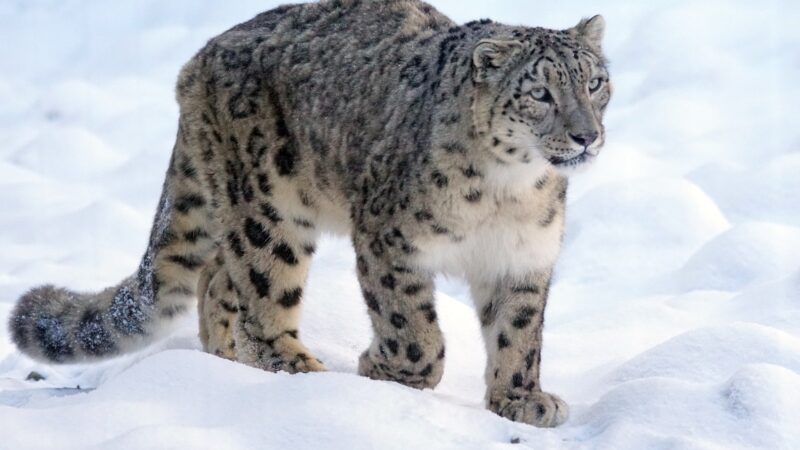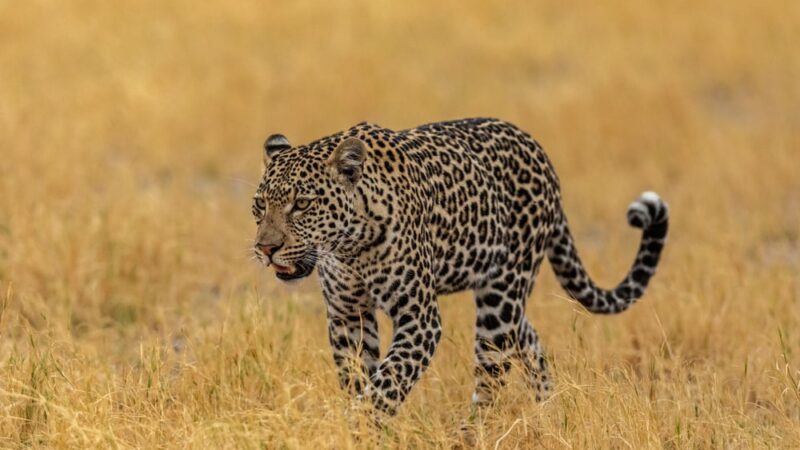Echidna
Echidnas are one of the oldest surviving mammals on the planet. The oldest known fossil of an echidna came from an Australian cave deposit from 17 million years ago, during the early Miocene era, when an ancestor of the rhinoceros was still roaming north America and found only in Australia and New Guinea. There are several species of echidna, but here in Australia, the short beak of Kidd now reigns uncontested, and they will live anywhere that they can find food, from the deserts to the Alpine mountains to the coasts and the grasslands.
Echidna animal
Echidnas are one of two extant genera in the monotreme order they’ve got some of the strangest morphology among mammals these guys are monotremes and what that means is that they lay eggs for this unusual order containing echidnas and platypuses laying eggs is thought to be an evolutionary survival strategy similar to marsupials who keep their own developed young in their pouches monotremes keep their eggs in their pouches but unlike many marsupials early monotremes found success with a life in the water and having their offspring safe from drowning in the protection of the egg proved to give them a much higher chance of survival.
Today echidnas have found new niches to exploit and don’t swim all that much but with no evolutionary pressure to change they’ve kept on with their unusual reproductive strategy in fact many of their seemingly strange anatomical features were commonplace among early mammals and we’re the weird ones for not laying eggs they were just driving along the highway heading to our first hotel and lo and behold there were two two echidnas inside of the road also known as spiny anteaters echidnas have received this misnomer due to their diet rather than relation to actual anteaters their diet is primarily made up of ants and termites and their snouts are perfectly adapted for this tasty regimen using their powerful claws to dig up prey.
Echidna tongue
They’ll stick their lengthy snouts into the ground extending their long sticky tongues to catch insects leaving the cutest little nose holes in the ground their tongues are quite long measuring up to 18 centimeters about half the length of their entire body since they don’t have any teeth the kid must chew their meals by pressing them against the roof of their mouths crushing them with their powerful tongues but they have one more adaptation that helps them find a meal a sixth sense Their snouts are aligned with electroreceptors that can detect even the slightest of muscle movements. allowing the echidnas to target their prey with razor accuracy.
They are one of the few terrestrial animals that have this superpower. Part of their efficacy on the hunt comes from their surprisingly large brains. Their brains have a huge prefrontal cortex. In humans, this is the part of the brain that we use for higher-level strategic thinking. They have a lot of folds in their brains, which suggests that they are relatively complex. Experiments have found that they are as smart as cats and rats. Scientists have even discovered that echidnas experienced rapid eye movement while sleeping in humans. REM sleep is connected with dreaming. What couldn’t a kid not be dreaming about? Probably chasing Chaos Emeralds.
I’m gonna try and get a little bit closer to me as being shy though he’s hiding in the hiding in the bushes oh it’s just a glimpse but we’ve seen two echidnas so not bad echidnas are brimming with curiosities one of the other traits that makes them near unique among mammals is that their stomachs are almost devoid of acid since they have no stomach acid a lot of harder materials pass straight through them leading some scientists to believe that they have no stomachs at all as a stomach is defined as the part of the digestive system that has acid to break down solids This lack of acid stems from their ancestors diet, which didn’t require heavy acid to digest, and so they stopped expending energy to produce it.
Echidna’s eyes
The next thing on the long list of echidna oddities are their eyes. Their eyes are unique in the animal world because they’re hard and flat. Echidnas have possibly the flattest eyes among mammals, giving them an insane focal length, allowing them to spot predators from great distances. their eyes are also very hard protecting them from getting stabbed by their spikes when they roll into a ball those spikes are actually modified hairs and are primarily made of keratin they’re the echidnas first line of defense when they’re threatened they’ll go into a ball exposing their sharp spines to ward off predators their other option is to go and hide in their burrows.
But they’re also very good at not getting spotted in the first place among all this brush and scrubland kindness would actually have very good camouflage they blend in really well with the ground here their spines resemble the scraggly vegetation that they live in making them tough for a predator to spot despite living in areas with extreme weather they don’t really do well in heat this is because they can’t sweat lacking any sweat glands they opt to spend the hot Australian days hidden away in their burrows and the cool evenings and nights cruising for ants on the other hand when it gets too cold they can go into torpor a more temporary form of hibernation.
In order to conserve energy it will even do this if they can’t find much food entering torpor to save energy while they wait for more food to show up echidnas have the lowest active body temperature of all mammals at about 31 to 33 degrees Celsius and during torpor that temperature can plunge to 5 degrees Celsius since they spend so much time in burrows they’ve developed a high tolerance for carbon dioxide and low oxygen environments this is particularly useful during forest fires as they can hide in their burrows and ride it out so long as it doesn’t get too hot short make the kid knows occupy territory of about 50 hectares and will meet up with other echidnas it’s time to mate if laying eggs wasn’t unusual.
Echidna’s reproduction
Enough the echidnas reproductive strategy gets even weirder Males have four pronged genitalia, and females have to branch to reproductive tracts. This allows the male to alternate only using two at a time to deposit his specimen in each of the female’s tracks while the other rests in order to mate without hurting themselves on the female spikes. The males have fairly long appendages, and they are covered in spines to help induce ovulation. Many males will simultaneously court a female, forming a train with the dominant males up front. This gives the female several chances to mate successfully.
Females lay their eggs directly into their pouches, and they hatch about 10 days later. Strangely, the pouch is not permanent and is only formed when needed. Their young are adorably called puggles, and when born, they weigh just about two grams, about the same weight as a dollar bill. Their eggs are leathery and soft. They take care of those until they hatch, at which point they do still feed on milk, and they have a milk patch as opposed to nipples, so the babies will lap up against the milk patch on their abdomen and drink the milk that way fully grown.
Male echidnas can be about six kilograms while the females are about 25% lighter they can live up to 15 years in the wild but there have been reports of echidnas living for over 40 years which is possible due to their low metabolism they’re like the tortoises of the mammal world despite their endless list of mysteries echidnas are not as rare as you might expect they have a massive range and despite threats from invasive species and habitat destruction their populations are waddling strong.
For more information: Wikipedia

